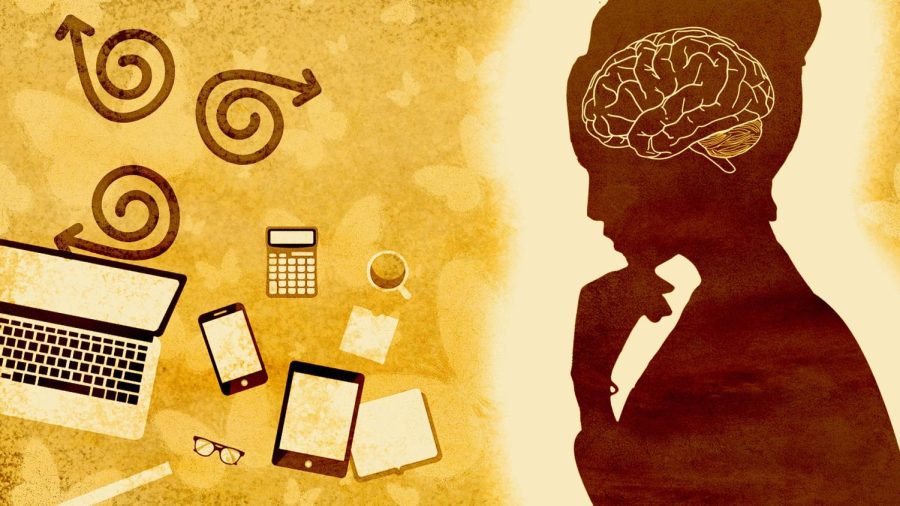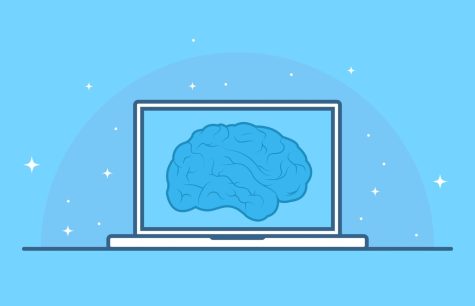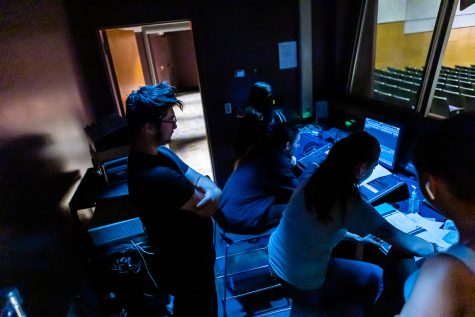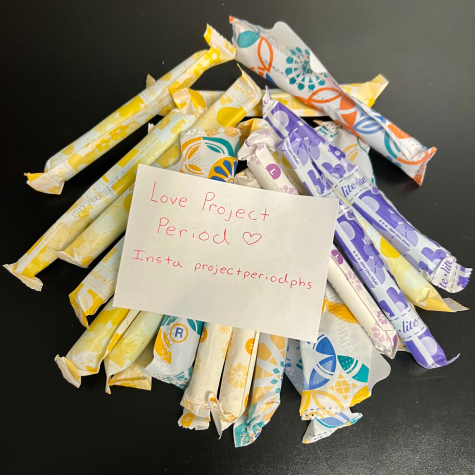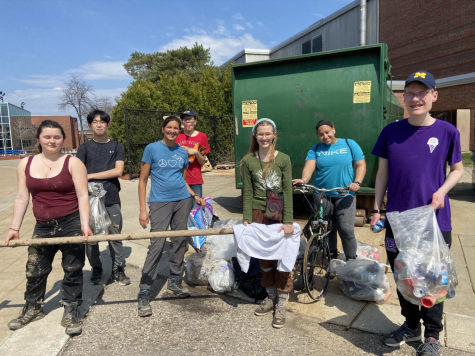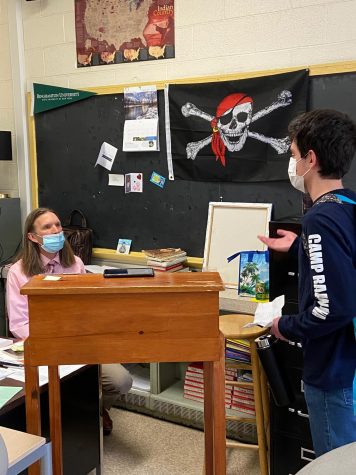How seasonal depression affects teenagers
Many Michigan teens every year suffer from seasonal affective disorder because of Michigan’s long dark winters.
Seasonal affective disorder otherwise known as SAD is a type of depression that changes because of the seasons. Mainly, SAD occurs during the fall and winter and calms down during the spring and summer months.
“Seasonal affective disorder is a specific kind of depression, where there is a temporal relationship between the onset of depressive episodes and a particular time of year,” said Emily Sportsman, Pioneer’s school psychologist.
There are multiple reasons SAD may occur. According to the Pioneer AP Psychology teacher Lisabeth Mickolajczyk-Harper, SAD can be caused by an individual’s own biological clock, serotonin levels, and melatonin levels. All these factors can change your mood and affect how your body functions in a negative way.
SAD can cause a lot of damage to teens, and part of the reason it occurs so often in teens is because of what is going on inside their body.
“A lot of brain development happens during our teen years and even into your 20s. Your frontal lobe of your brain especially is developing. That is your executive center and your self control, your ability to think through things and not act impulsively. Because of the brain development and hormonal changes, I think that why we seen an uptick is mental illness in general,” said Sportsman.
SAD is something that can touch multiple aspects of people’s lives.
According to the nonprofit organization, Mayo Clinic, symptoms of SAD caused by the onset of winter may include “oversleeping, appetite changes, especially a craving for foods high in carbohydrates, weight gain, tiredness or low energy.”
Many teens experience these symptoms due to SAD.
“You lose all of the motivation and you feel so stuck,” said Jordan Knox, a junior at Pioneer high school.
SAD is not something new to the current generation. Mickolajczyk-Harper’s talked about how her husband suffered from SAD during his own high school career. Some side effects of SAD for him included a lack of energy and even suicidal thoughts.
“He just fell down all the time and he had lack of motivation to do class work,” said Mickolajczyk-Harper.
Besides the loss of motivation, SAD can affect life outside of home. Teenagers experience a need to sleep while experiencing SAD. This overwhelming tiredness cuts out time for a social life, sports and school.
“I am taking every second I can to be asleep and that includes weekends. So I would definitely say that cuts out all social interaction, and I guess that affects schoolwork if I am not doing my homework and are sleeping instead,” said Knox.
If not properly taken care of and acknowledged, SAD can lead to much worse problems for teens. These problems may include “social withdrawal, school or work problems, substance abuse, other mental disorders such as anxiety or eating disorders, suicidal thoughts or behaviors,” according to the Mayo Clinic.
Despite the many challenges and obstacles put in place by SAD, there are ways to deal with the consuming feeling of depression. The way the brain gets through SAD is by simply waiting it out or by doing things to stimulate it. One way to get through this is dealing with the problem at hand before it worsens.
“You are anticipating it is about to come, so you can take steps to get that vitamin D and sunshine to help with the changes mood, appetite, and energy” said Mickolajczyk-Harper.
Besides preparing for SAD to happen, there are ways to lessen the amount of damage it can put on while occurring. Sportsman said the treatments for seasonal affective disorder can include medication, which can be preserved by a physician. Talking with a therapist is also an encouraged avenue, and light therapy which includes having time in the sunlight can help as well.
Medications aid body chemistry, talk therapy can help adjust thought patterns and behaviors, and light therapy gives people exposure to vitamin D they can’t get because the sun sets so quickly during the winter months.
Knox said that teens mainly deal with SAD by finding stimulants that make them smile. This can be from a five second video on the internet to hanging out with their friends.
“If I am not in the most spirited mood, I just talk with my friends and suddenly forget about it. It helps when you are around people or anything emotionally stimulating, like even a funny Tik Tok” Knox said.

